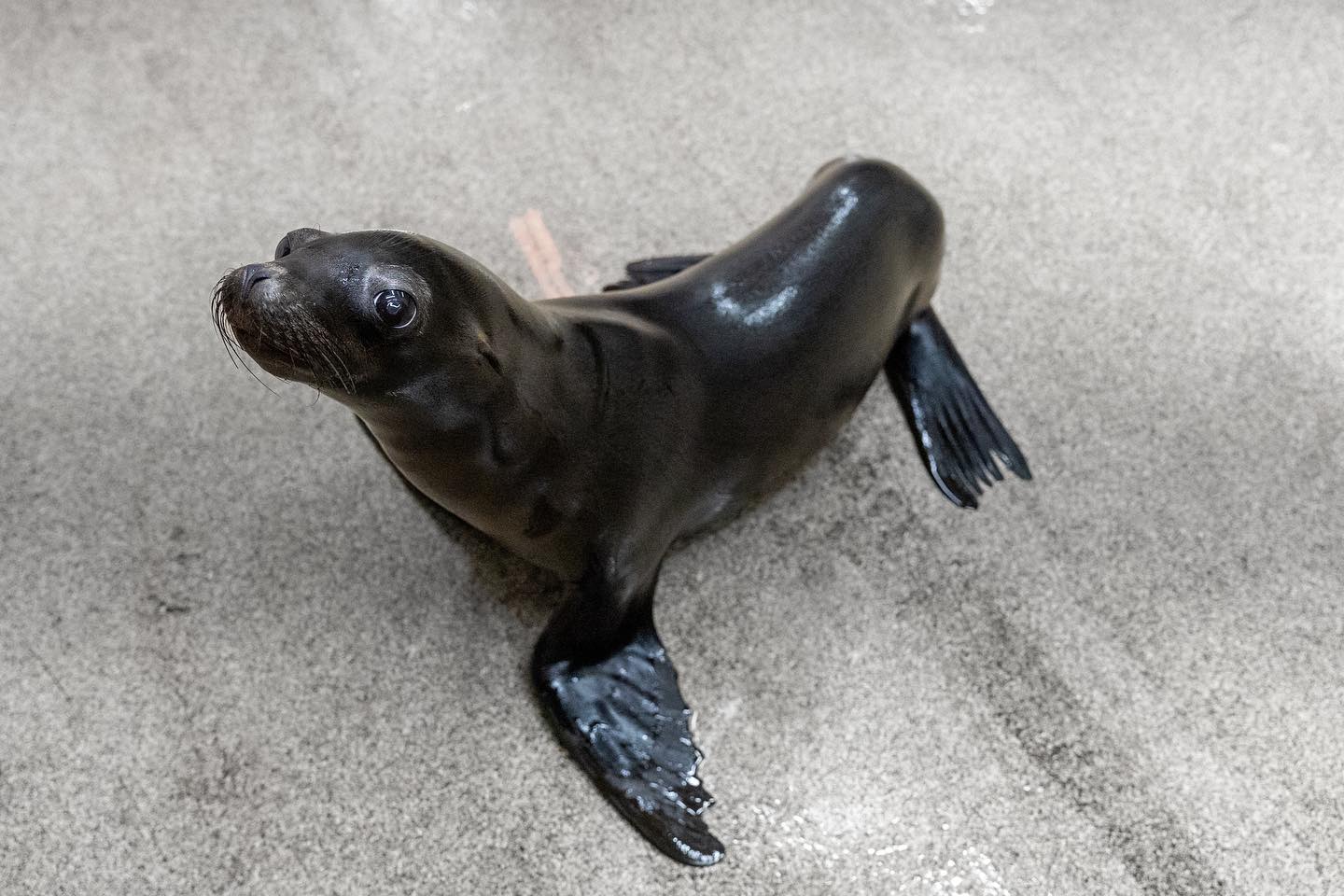– Kenney’s development and interactions with other animals as a significant aspect of animal socialization in zoological settings.
– The role of animal care teams is to manage and maintain the health and welfare of animals in captivity.
– The importance of introductions and social structures within aquatic mammals like seals and the subtle nuances involved in their social behavior.
– Contributions and challenges to wildlife conservation efforts through the lens of zoo management.
– The educational role of modern zoos in promoting wildlife conservation and public awareness.
Kenney, a seal housed within a well-regarded zoological institution, has been showing remarkable progress thanks to the diligent efforts of the Animal Care team. The endeavor to integrate this marine mammal with other seals, including Laguna, Tanner, Cruz, and Charger, continues to advance, reflecting broader zoological practices prioritizing animals’ physical and psychological well-being in human care. The progress of Kenney and his cohorts provides valuable insights into the complexities of animal behavior and welfare in captivity, and success in these areas greatly depends on the expertise and dedication of animal care professionals.
Developing healthy associations between animals like Kenney and his companions is paramount in animal socialization, especially in captive environments. Effective socialization offers numerous benefits, including enrichment through interaction, reducing stress by emulating natural social structures, and potential collaboration for breeding programs. These bonds can contribute to overall health and longevity for a social species. However, introducing seals to one another must be handled with care, as it can be fraught with challenges such as establishing hierarchies, mitigating aggression, and assessing compatibility.
Animal care teams are instrumental in navigating these challenges. They must understand seal behavior and social cues in-depth and develop strategies to create a harmonious living environment. Teams often employ gradual introduction techniques, which may include controlled visual exposure, scent transfer, and limited physical encounters. These techniques ultimately lead to more extensive interaction as animals become acquainted and accepted by peers.
This process requires vigilant observation and sound decision-making, as improper introductions can lead to stress and injury for the animals involved. Throughout Kenney’s acclimatization, the Animal Care team monitors his behavior, eating patterns, and overall health to assess comfort levels and readiness for each new introduction stage. Changes in an animal’s demeanor often serve as indicators for the care team to adjust their methods to better suit the animals’ needs.
The introduction process is also significant from a social structure perspective. Like many seals, aquatic mammals have distinct social hierarchies, which may vary from group to group. In this instance, Kenney may have to find his place within an already established social ladder. It’s a delicate balance to facilitate these introductions without causing undue stress to established group members while ensuring Kenney’s acceptance. The caretakers must closely interpret the subtle nuances of seal communication—body postures, vocalizations, and other behavioral displays—to guide this process effectively.
Beyond the daily management of animal health and interaction, maintaining the welfare of seals like Kenney also contributes to broader wildlife conservation efforts. Zoos play a critical role in preserving endangered species, participating in research that enhances our understanding of animal biology and behavior, and contributing to breeding programs that aim to bolster genetic diversity and, in some cases, re-establish wild populations. The conservation work behind the scenes is crucial, considering the myriad threats marine species face, including climate change, habitat loss, and pollution.
Modern zoos also offer an unparalleled opportunity for public education, bridging the gap between humans and wildlife. By presenting the natural behavior and complex social dynamics of seals through educational programs and exhibitions, visitors can appreciate the subtleties of marine life, fostering a deeper connection with and commitment to conservation efforts. The continued updates on Kenney’s progress can illuminate the dedicated work involved in animal care and the nuanced relationships formed between animals, providing a compelling narrative that resonates with zoo-goers and strengthens the case for the conservation of marine mammals.
In conclusion, Kenney’s updates are not mere anecdotes but significant milestones within the ongoing narrative of zoological management and wildlife preservation. The concerted efforts of animal care professionals in facilitating these introductions and caring for these intelligent marine mammals provide valuable lessons in empathy, patience, and the recognition of the inherent worth of all creatures. As Kenney continues to adapt and thrive, the winning combination of science-driven care, conservation-minded policies, and educational outreach underscores zoos’ vital role in fostering a more informed and engaged public ready to support the delicate balance of life on our planet.
*****
Source Description
Time for a Kenney update! 🦭
Kenney continues to make progress behind the scenes with the Animal Care team, spending lots of time with Laguna and working on his introductions to Tanner, Cruz and Charger!


